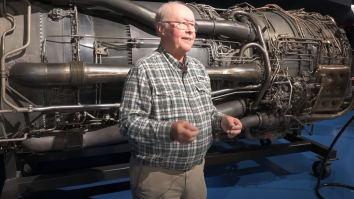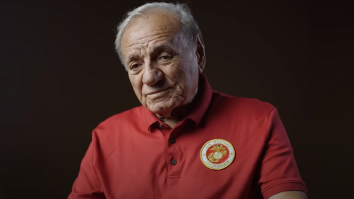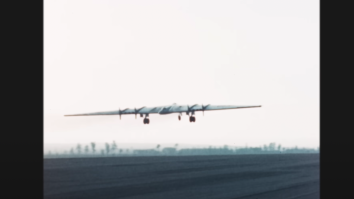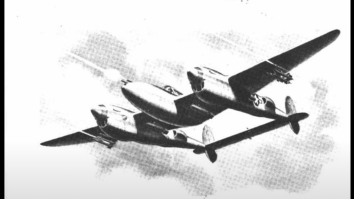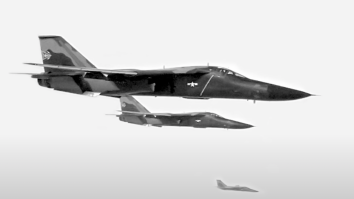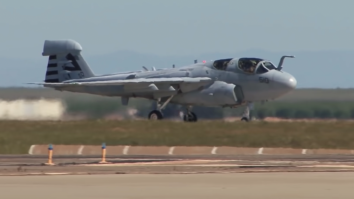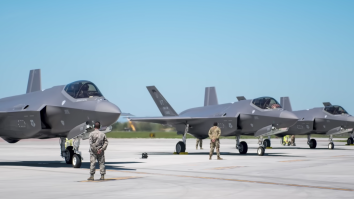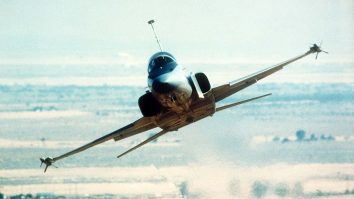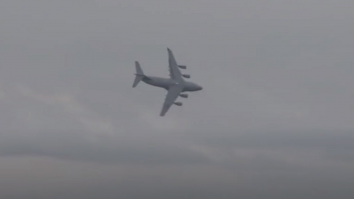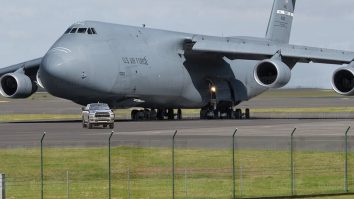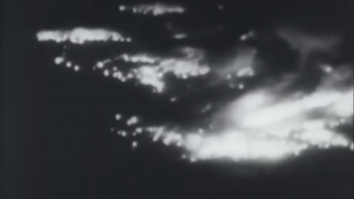1. Developed Before SR-71 The development of the J58 started way before the Blackbird entered production. The Navy wanted a plane that could reach Mach 3 so Pratt & Whitney drew up the basic centerline of an engine that could get to that speed for a short period of time. 2. Cost Too Much When […] More
1. Cold As Hell By the time the Marines arrived, the winter was already fast approaching. The air was dry and the weather was cold. The troops had to make do with what they were supplied with. A huge campfire and hot shower were all they had to combat the cold. 2. They Weren’t Updated […] More
1. Not A 20th-Century Man In a sense, Charlton Heston was a modern man. He was a theater kid and a political activist, even at a young age. What separated him from others in his acting career, is his affinity to play historical figures. As an actor, Heston played men who were “doomed to fail”. […] More
Revolutionary Design Jack Northrop wasn’t the first to think of an all-wing design to help reduce drag and maximize lift. But by 1940, he had already flown prototypes to prove its efficiency. Using these results, Northrop promised a bomber that could fly 1/3 faster, carry twice the payload, and had 3 times more range at […] More
Makes Sense On Paper Both the P-38 and the P-51 had Allison engines at one point. Since the P-51 heavily benefited from the Merlin engine, changing the P-38’s Allison to a Merlin makes sense. However, that only works on paper. The Allison had a single-stage, single-speed supercharging system while the Merlin had a two-stage, two-speed […] More
Variable Geometry Wings The F-111’s wings were designed to help manage its weight while improving its speed at various altitudes. If needed, the wings can fully extend to triple their surface area. If fully swept back, the Aardvark benefits in the reduction of drag making supersonic flights possible. Its wings also enabled it to carry […] More
Suppresses Air Defenses The Prowler plays a key role in suppressing air defenses since its inception. Due to its specific and important role in modern combat, the Prowler has helped many of its allies operate and return safely. In fact, the only time the F-117 lost was because of the absence of EA-6Bs which were […] More
1. It Doesn’t Need To Dogfight We’ve all heard what people said about the F-35’s dogfighting capabilities – or lack thereof. It is true that it had a disadvantage in a turning fight and was ineffective in surviving attacks due to its lack of maneuverability. However, in a real-life situation, the F-35 wouldn’t need to […] More
1. Became Its Own Plane Initially, the F-20 was supposed to be the F-5G but it became a different aircraft during development. Though it did share similarities with the F-5 in terms of its sharp nose and cockpit, the F-20 only had one engine – a single General Electric F404 engine. 2. Improved Engine The […] More
Demonstration Practice The mission was to practice the maneuvers they would be performing in an airshow 3 days away. First, the plane takes off and turns left at an 80-degree angle. After a while, the C-17 is expected to turn right at a 260-degree angle. After this turn, the plane would then be aligned to […] More
1. Routine Checks Like any other airplane, the C-5 gets its wheels checked first by the ground crew. Its 28 wheels can be individually raised for maintenance. In this step, the brakes of the C-5 are also tested. A well-maintained set of wheels is very important for a massive plane like the C-5. 2. Loading […] More
1. State of Japanese Cities Houses in Japan’s cities were predominantly made of wood and paper. Combine that with the fact that Japan’s urban areas were densely populated, and you’ll get flammable cities. Furthermore, their military plants were surrounded by these crowded areas and some of the industrial work was actually done inside the homes […] More


